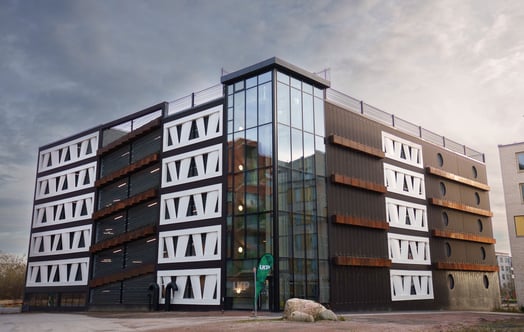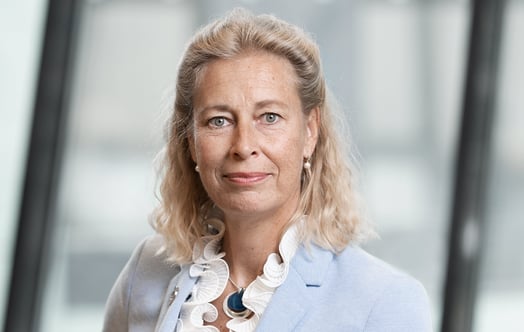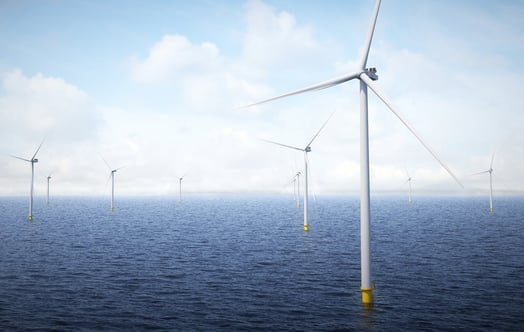Vattenfall commits to landfill ban and to recycle all wind turbine blades by 2030
Vattenfall has set ambitious targets in how to deal with wind turbine blades at end of life. An immediate commitment to a landfill ban on decommissioned wind turbine blades has been made. The next decade there will be an intense work increasing the recycling rate of wind blade components.
Vattenfall’s ambition is to enable a fossil-free living within one generation and one important element to deliver on this is a significant growth in wind energy. To ensure this is done in a sustainable way, Vattenfall has a high focus on reducing environmental impacts and to handle all resources responsibly. Therefore, Vattenfall has set several targets for how to deal with wind turbine blades at end of life:
- An immediate decision on landfill ban on decommissioned wind turbine blades from owned windfarms and committing to re-use, recycle or recover 100 percent of decommissioned blades
- A 50 percent recycling rate of wind turbine blades by 2025
- A 100 percent recycling rate of wind turbine blades by 2030
“It is no longer acceptable for composite waste from the wind industry to be placed in landfills, even though specific country legislation allows for this. Achieving 50 percent recycling by 2025 and 100 percent by 2030 is a big challenge. Solutions to tackle this challenge do not exist in large scale today, so significant efforts are needed to reach this long-term goal. Therefore we will engage in and provide blades to research initiatives that will foster further technology innovation and testing of more advanced recycling technologies”, comments Eva Philipp, Head of Environment and Sustainability Busines Area Wind.
To achieve the ambitious target, Vattenfall, among others, supports research on material recycling of composite waste and promotes the use of recycled composite material in new products. Furthermore, there will be a long-term approach focusing on all aspects of circular economy, such as supporting the recyclability of wind blades by design, and thereby increasing the value of the recycled material at end of life.
“To reach 100 percent recycling is a joint effort and all stakeholders need to collaborate. In this Vattenfall wants to significantly contribute. As the wind industry continues to grow to provide fossil-free energy across the globe, Vattenfall is committed to promoting a circular economy which reduces environmental impacts throughout the product lifecycle”, comments Helene Biström, Head of Business Area Wind
To be able to achieve a complete recycling of wind turbine blades depends on factors like technical development, support of policies and governmental incentives. And in order to push the business towards a sustainable end of life solution for wind turbine blades, Vattenfall will continue to increase its engagements in cross industry discussions on national and as well as EU level.
For further information:
Vattenfall Press Office +46 (0)8 739 5010, press@vattenfall.com



